Reaching militaryage annually (2005 est.) Founded 1975 Commander in chief Bounnhang Vorachith | Active personnel 130,000 (ranked 85) | |
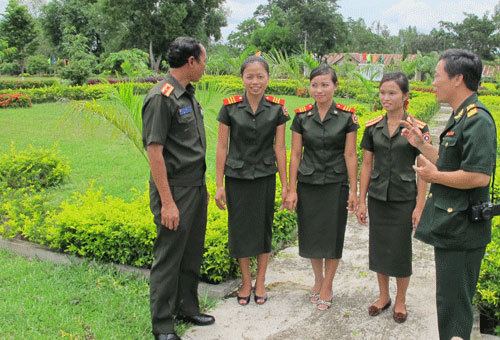 | ||
Minister for Defence Lieutenant General Sengnuan Xayalath Military age 17 years of age for compulsory military service; conscript service obligation - minimum 18 months (2004) Available formilitary service 1,500,625 males, age 15–49 (2005 est.),1,521,116 females, age 15–49 (2005 est.) Fit formilitary service 954,816 males, age 15–49 (2005 est.),1,006,082 females, age 15–49 (2005 est.) Service branches Lao People's Liberation Army Air Force, Lao People's Armed Forces (includes Riverine Force) Similar Royal Cambodian Armed Fo, Lao People's Liberatio, Royal Lao Army, Royal Lao Armed Forces, Royal Lao Air Force | ||
The Lao People's Armed Forces is the name of the armed forces of the Lao People's Democratic Republic, who are charged with protecting the country.
Contents
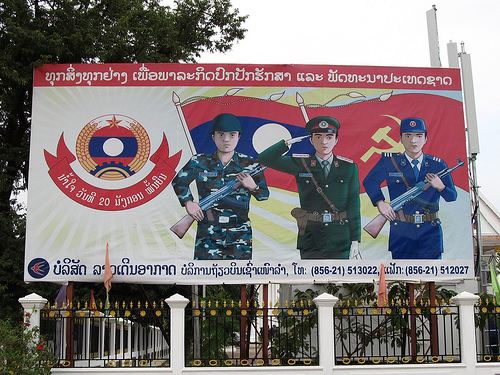
Active forces
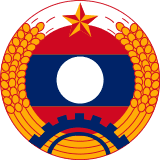
The army of 130,000 is equipped with 30 main battle tanks. The army marine section, equipped with 16 patrol craft, has 600 personnel. The air force, with 3,500 personnel, is equipped with anti-aircraft missiles and 24 combat aircraft.
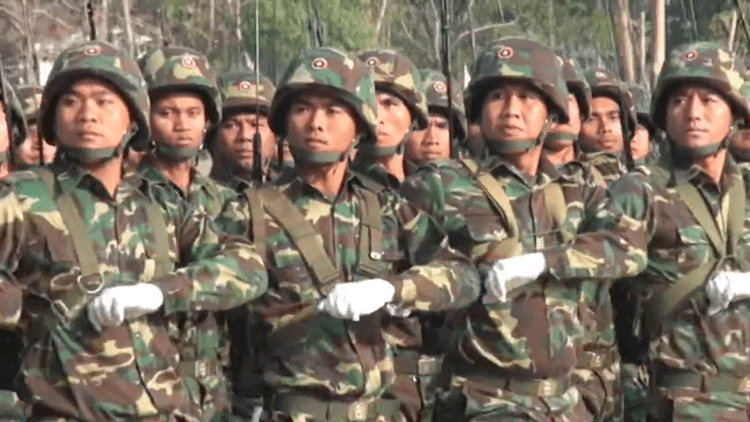
Militia self-defence forces number approximately 100,000 organised for local defence. The small arms utilised mostly by the Laotian Army are the Soviet AKM Assault rifle, PKM Machine gun, Makarov PM pistol, and the RPD light machine gun.
History
Until 1975, the Royal Lao Army were the armed forces of the Kingdom of Laos.
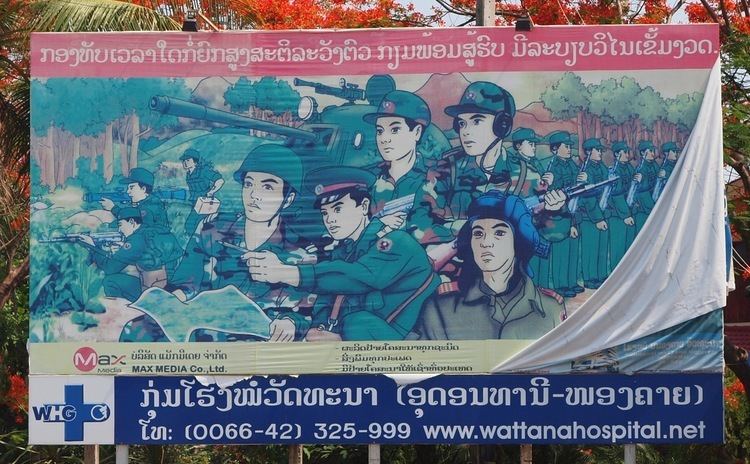
Serving one of the world's least developed communist countries, the Lao People's Armed Forces (LPAF) is small, poorly funded, and ineffectively resourced. Its mission focus is border and internal security, primarily in internal suppression of Laotian dissident and opposition groups.
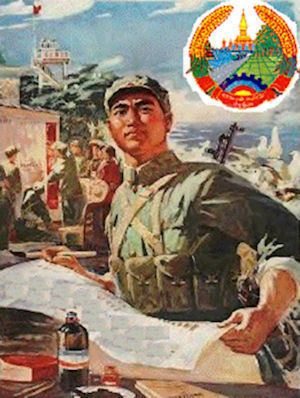
This includes the brutal crushing of the peaceful 1999 Lao Students Movement of Democracy demonstrations in Vientiane, and in countering ethnic Hmong insurgent groups and other groups of Laotian and Hmong people opposing the one-party Marxist Pathet Lao government and the support it receives from the Socialist Republic of Vietnam.
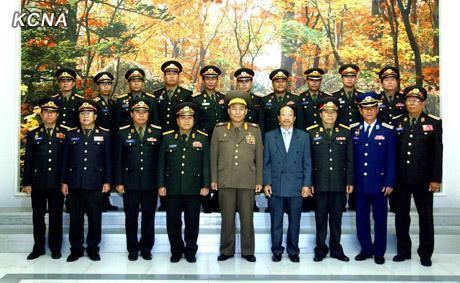
Together with the Lao People's Revolutionary Party and the government, the Lao People's Army (LPA) is the third pillar of state machinery, and as such is expected to suppress political and civil unrest and similar national emergencies faced by the authoritarian, communist government in Vientiane. The LPA also has reportedly upgraded skills to respond to avian influenza outbreaks. At present, there is no major perceived external threat to the state and the LPA maintains very strong ties with the neighbouring Vietnamese military (2008).
Mortars
Human rights violations
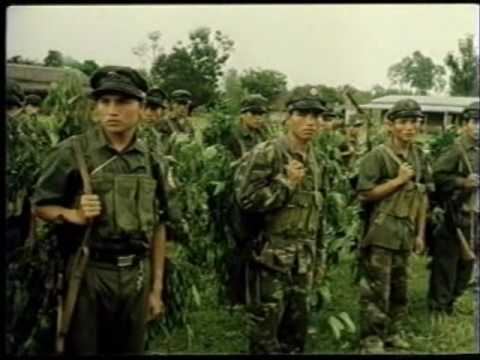
According to numerous independent journalists and non-governmental organisations (NGOs), including Amnesty International, Human Rights Watch, The Centre for Public Policy Analysis, Lao Human Rights Council, United League for Democracy in Laos and humanitarian and human rights organisations, the Lao People's Army has repeatedly engaged in egregious human rights violations and the practice of corruption in Laos.
Human rights violations committed by the Lao military include kidnapping, rape, torture, extrajudicial killing, military attacks against civilians, mass starvation against the ethnic minority, Hmong people, illegal logging in co-operation with the Vietnam People's Army-owned front companies and other violations of international law, the Geneva conventions, and acceptable norms of behaviour. According to a report by Amnesty International in 2007: "Thousands of ethnic Hmong women, men and children live in scattered groups in the Lao jungles, hiding from the authorities, particularly the military. Amnesty International is calling for an immediate end to armed attacks on these people."
In 2013, attacks by the Lao People's Army against the Hmong people and others intensified, with soldiers killing four unarmed Hmong school teachers in addition to engaging in other human rights abuses according to the Lao Human Rights Council, the Centre for Public Policy Analysis and others. The LPAF and its military intelligence play a major role in the arrest, imprisonment and torture of foreign prisoners in Vientiane's notorious Phonthong Prison and the communist Lao gulag system where Australians Kerry and Kay Danes were imprisoned and where civic activist Sombath Somphone may be imprisoned following his arrest in December 2012.
Laotian and Hmong veterans who fought against North Vietnam, Vietnam People's Army (VPA), communist Pathet Lao forces, and LPAF to defend the Kingdom of Laos and US, Laos and the Kingdom of Thailand's national security interests during the Vietnam war and its aftermath, including the Lao Veterans of America, established the Laos Memorial in Arlington National Cemetery in 1997.
The United League for Democracy in Laos, Amnesty International, the Centre for Public Policy Analysis, the Lao Veterans of America and other NGOs continue to raise concerns about the LPAF's serious human rights violations, internal suppression of the population, systemic corruption, brutal attacks against unarmed Laotian and Hmong political and religious dissident and opposition groups, one-party authoritarian rule in Laos as well as the LPAF's very close relationship with the VPA and VPA military-owned companies engaged in illegal logging in Laos.
